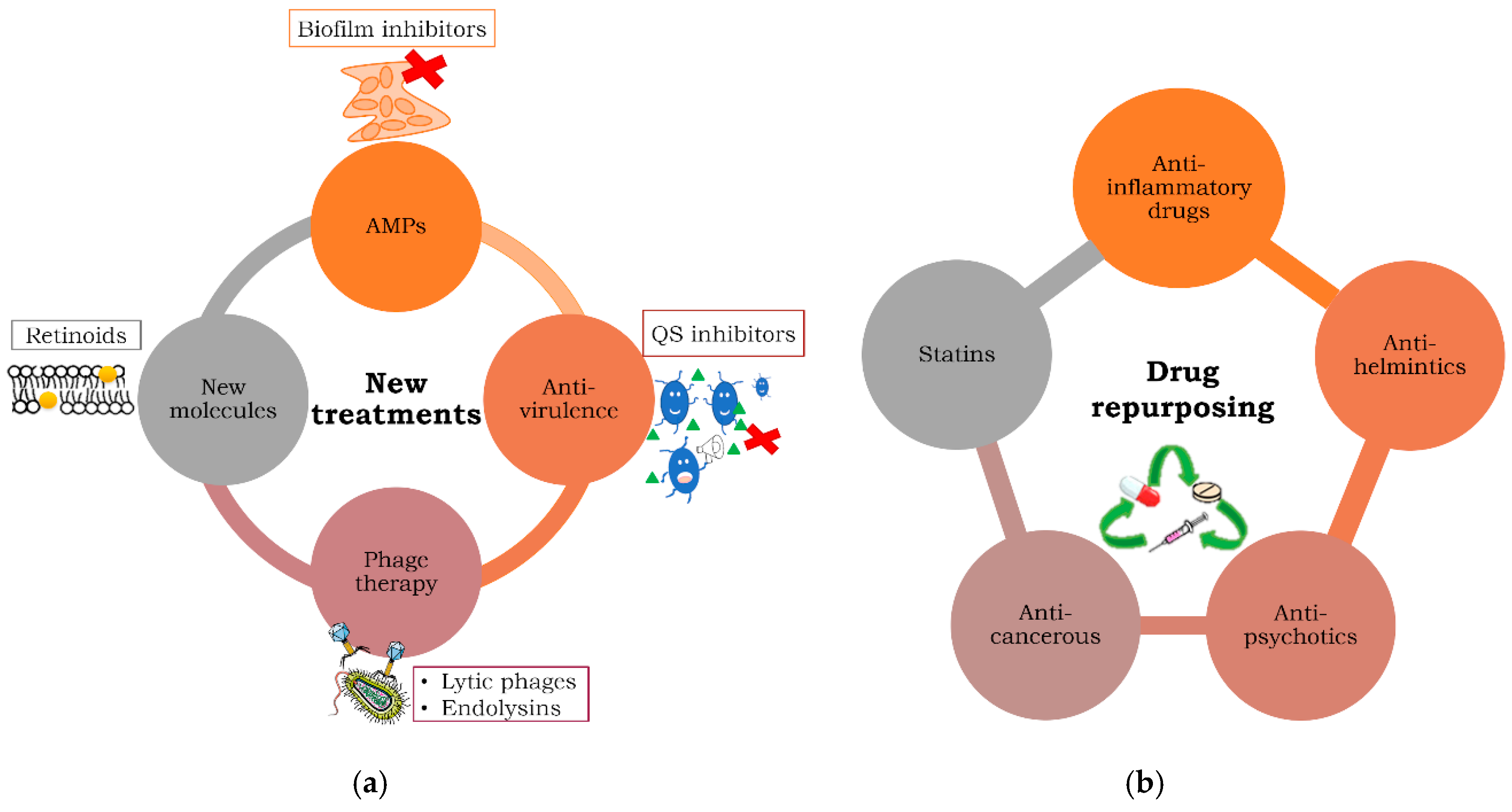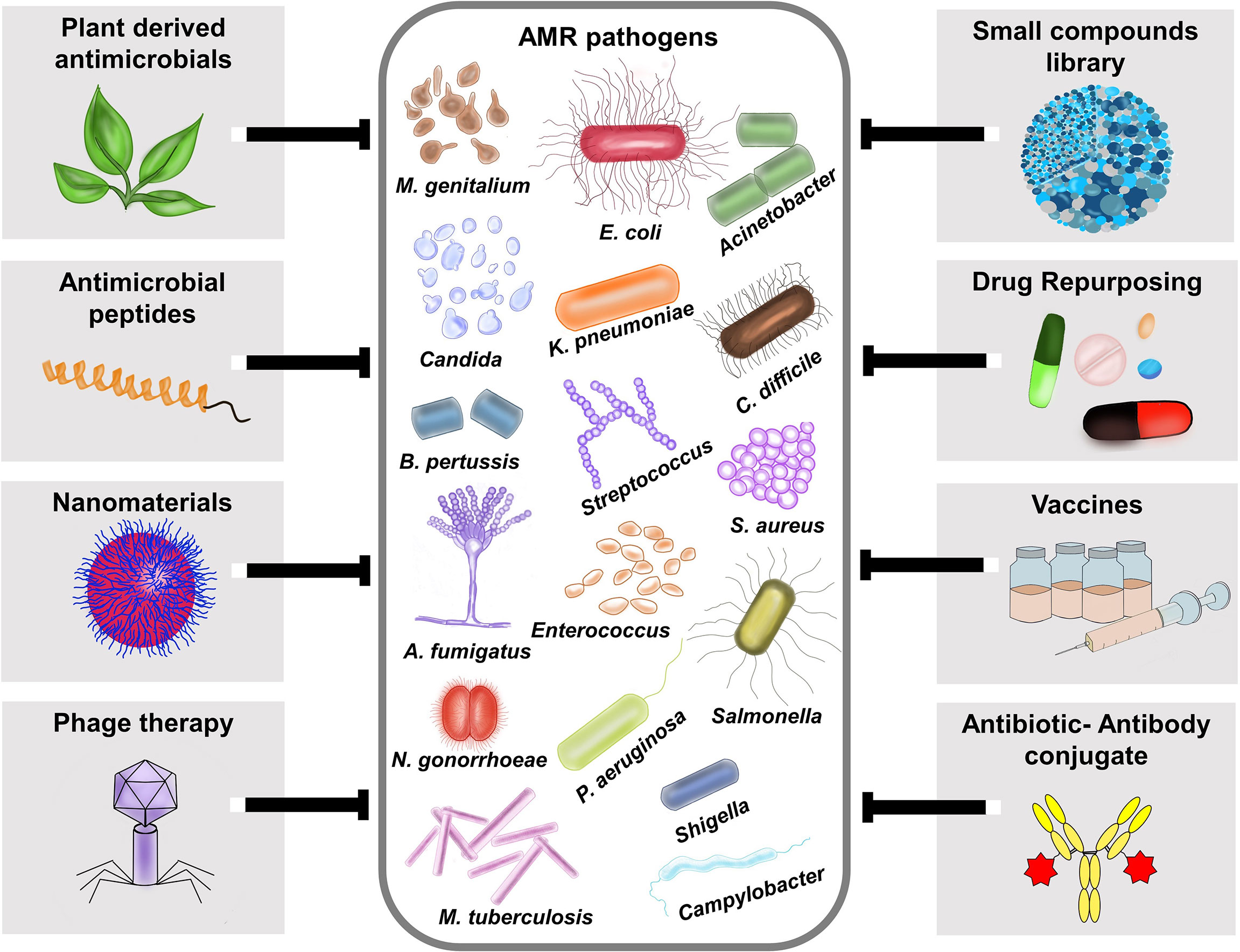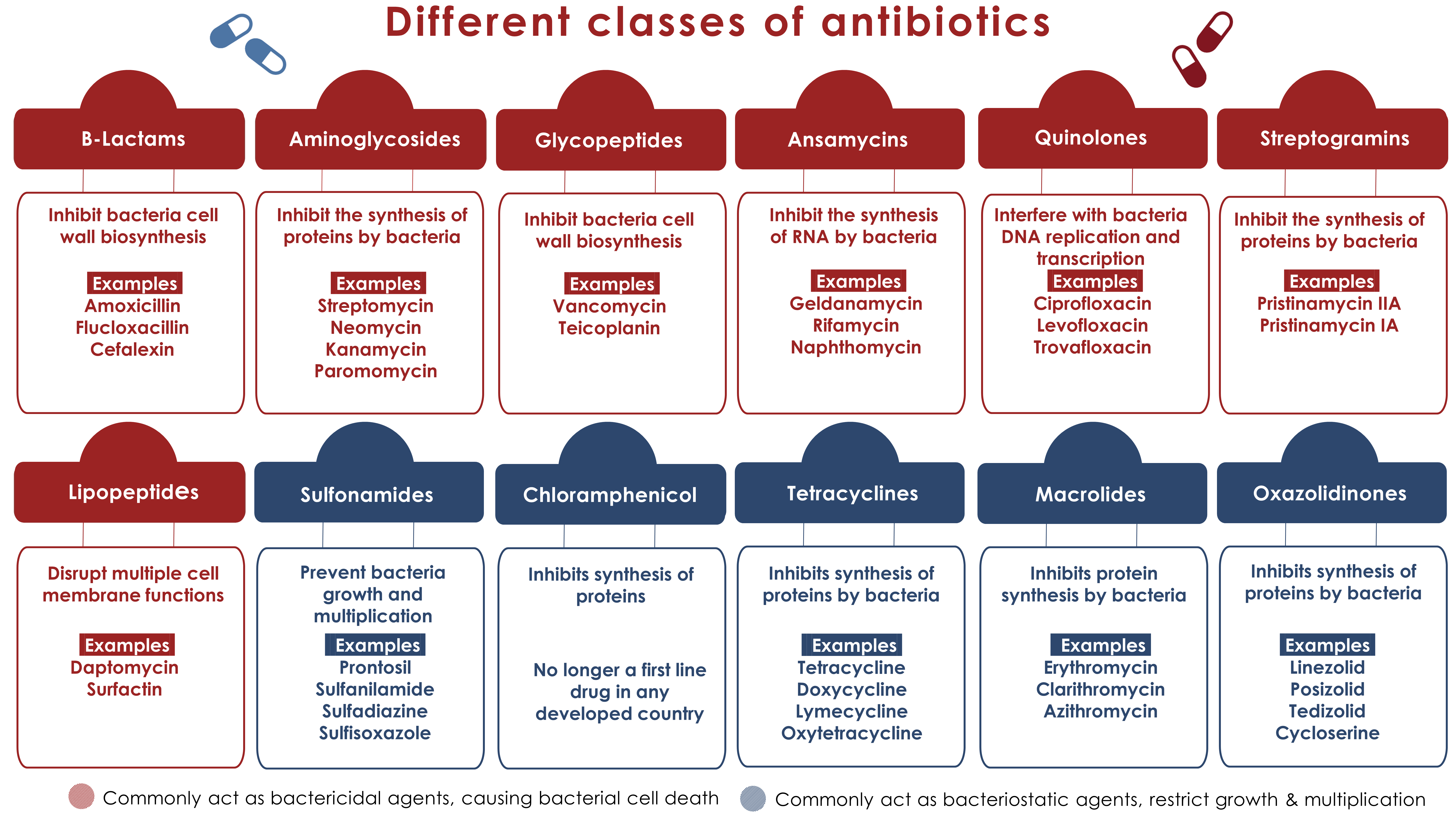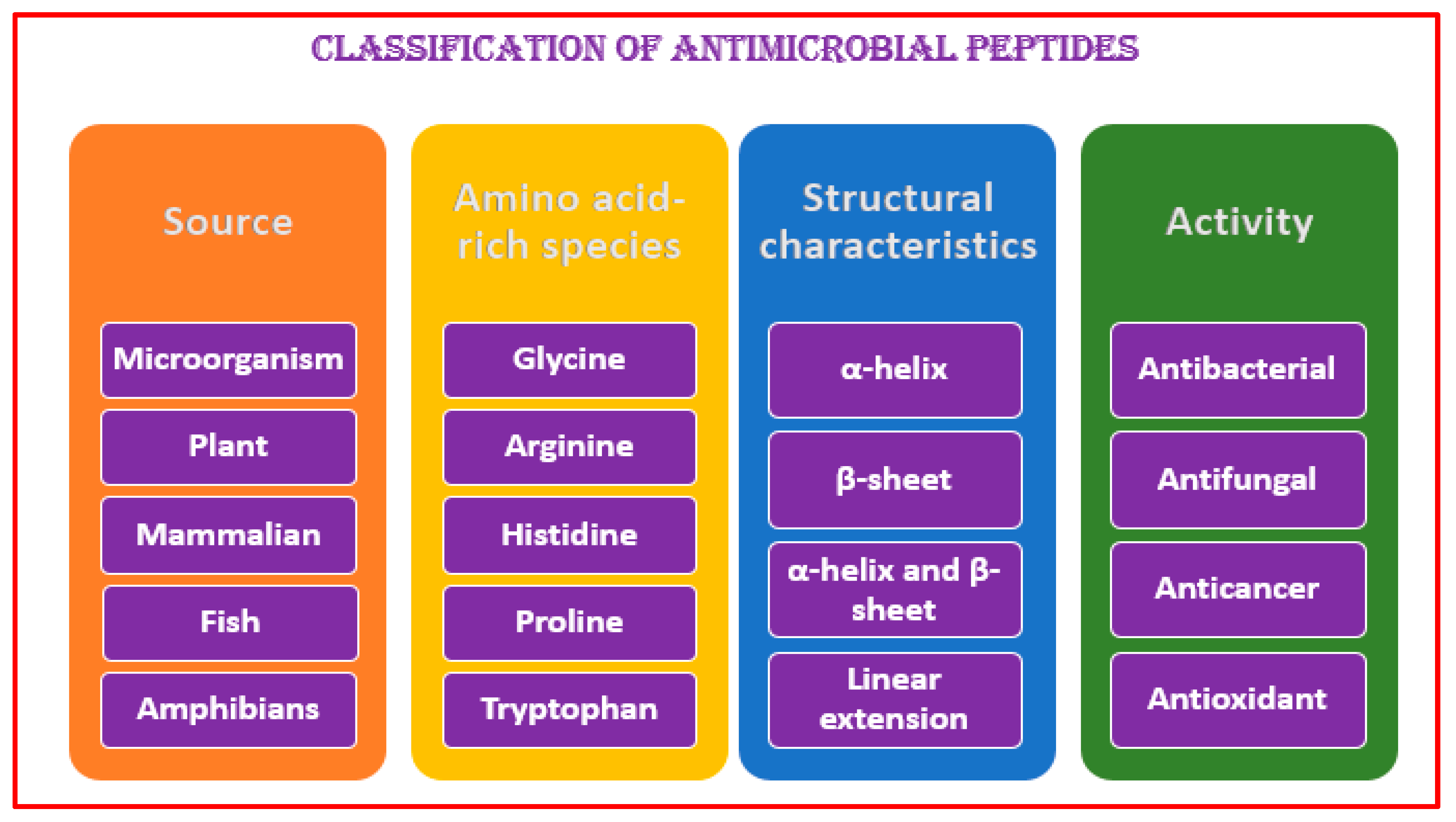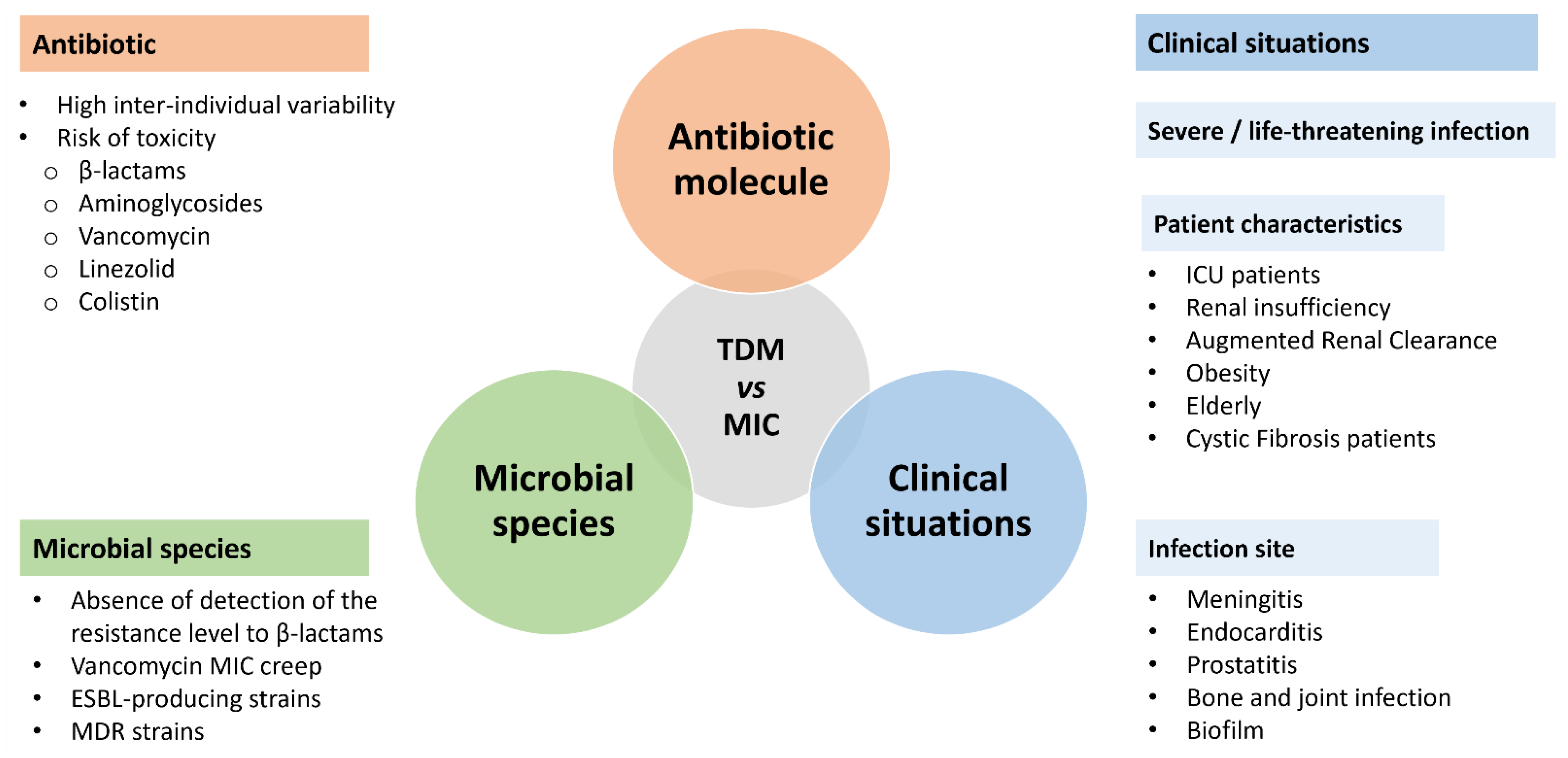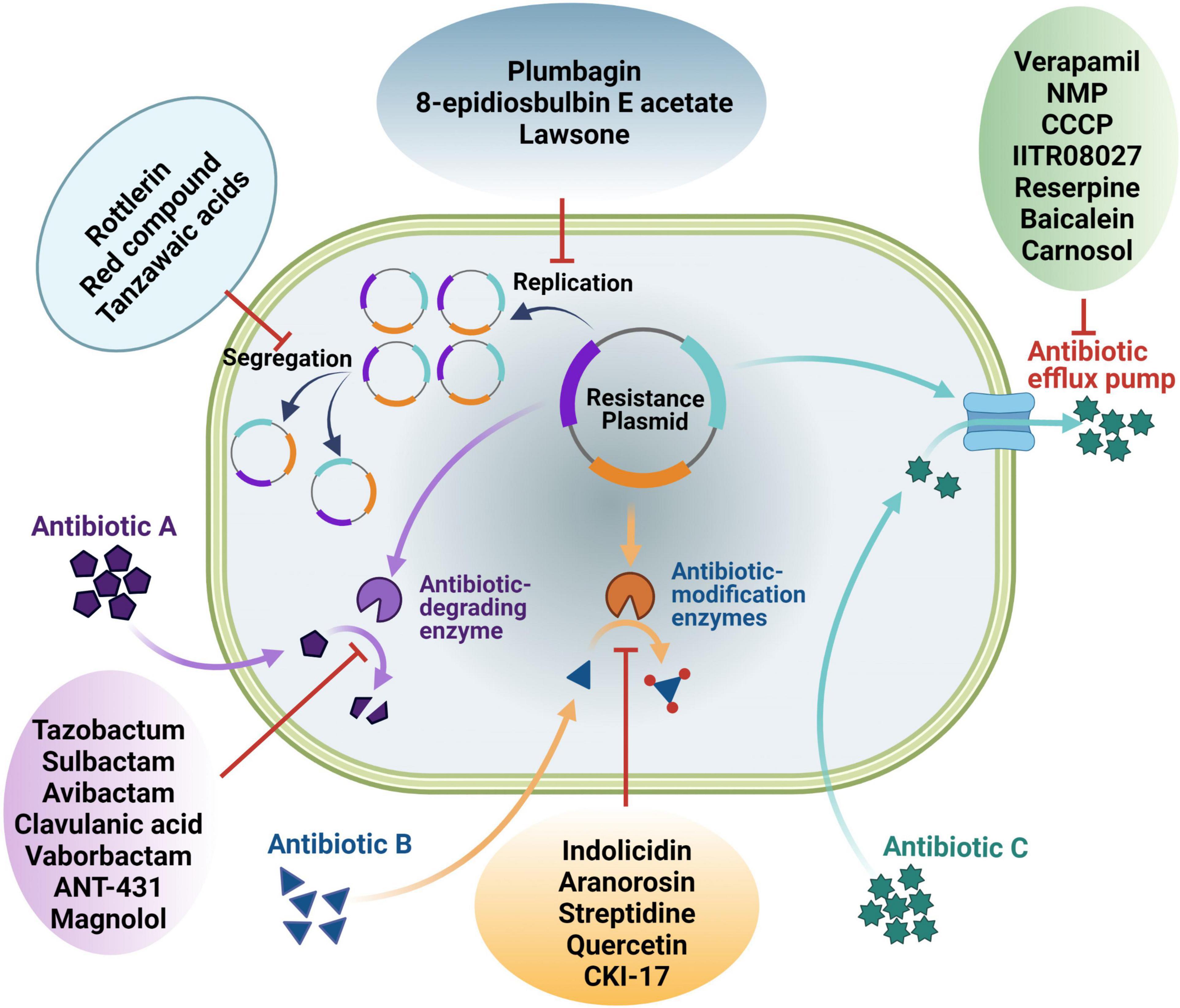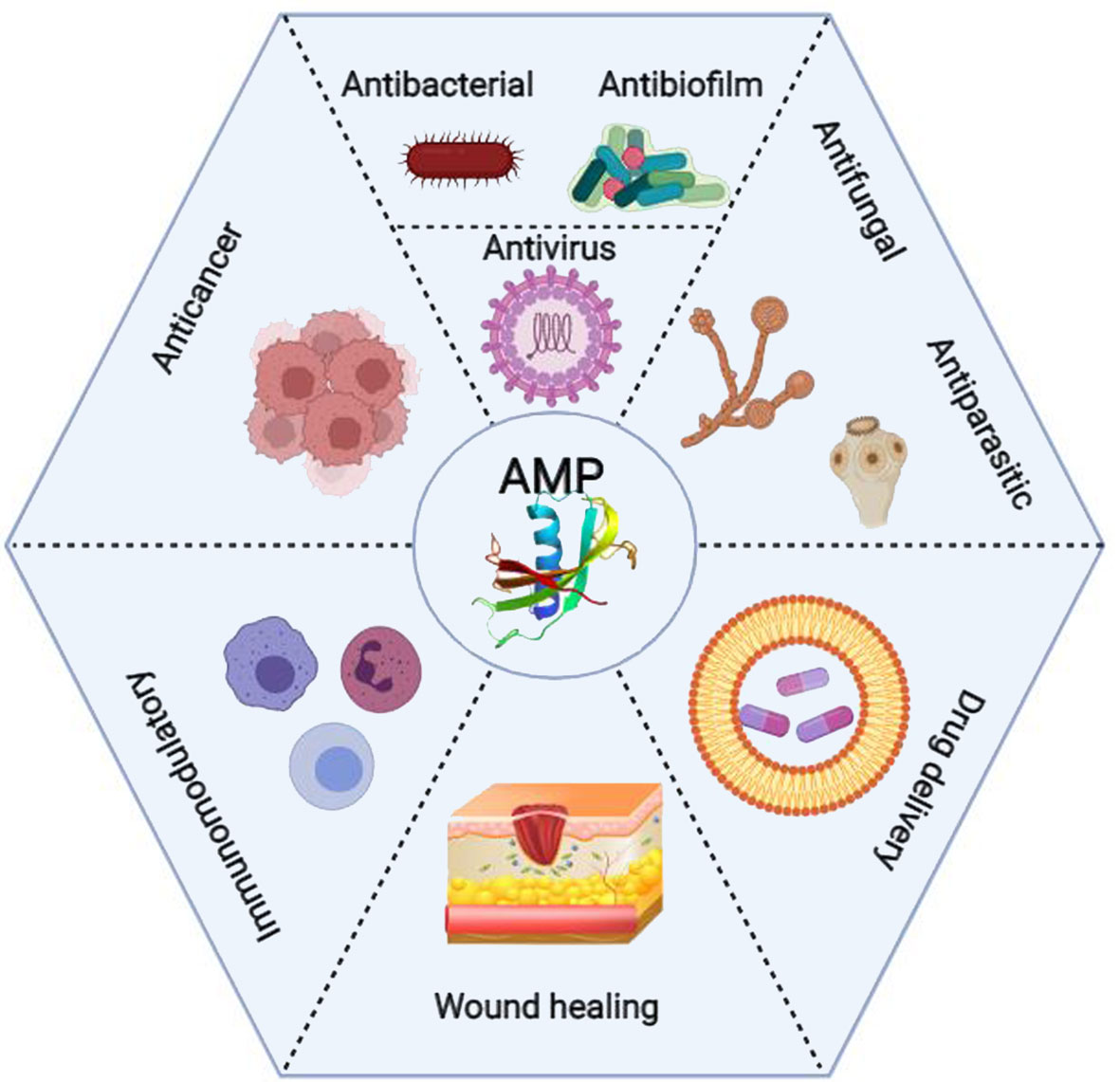Most Of The Available Antimicrobial Agents Are Effective Against - Most available antimicrobial agents are effective against bacteria, but not against viruses, fungi, or protozoa. Chapter 20 antimicrobial drugs 5) both trimethoprim and sulfamethoxazole inhibit reactions along the same metabolic pathway. Drug resistance occurs a) because bacteria are normal microbiota. Which of the following antimicrobial. C) against antibiotics and not. These are not about antimicrobial resistance. 1) most of the available antimicrobial agents are effective against bacteria. Antimicrobial agents also vary in their spectrum. B) when antibiotics are used indiscriminately.
Drug resistance occurs a) because bacteria are normal microbiota. These are not about antimicrobial resistance. Chapter 20 antimicrobial drugs 5) both trimethoprim and sulfamethoxazole inhibit reactions along the same metabolic pathway. C) against antibiotics and not. Most available antimicrobial agents are effective against bacteria, but not against viruses, fungi, or protozoa. B) when antibiotics are used indiscriminately. Which of the following antimicrobial. 1) most of the available antimicrobial agents are effective against bacteria. Antimicrobial agents also vary in their spectrum.
Chapter 20 antimicrobial drugs 5) both trimethoprim and sulfamethoxazole inhibit reactions along the same metabolic pathway. 1) most of the available antimicrobial agents are effective against bacteria. Which of the following antimicrobial. B) when antibiotics are used indiscriminately. Most available antimicrobial agents are effective against bacteria, but not against viruses, fungi, or protozoa. These are not about antimicrobial resistance. C) against antibiotics and not. Antimicrobial agents also vary in their spectrum. Drug resistance occurs a) because bacteria are normal microbiota.
Antibiotics Free FullText Strategies to Combat MultidrugResistant
Chapter 20 antimicrobial drugs 5) both trimethoprim and sulfamethoxazole inhibit reactions along the same metabolic pathway. Which of the following antimicrobial. Drug resistance occurs a) because bacteria are normal microbiota. B) when antibiotics are used indiscriminately. Most available antimicrobial agents are effective against bacteria, but not against viruses, fungi, or protozoa.
Frontiers Editorial Developing therapeutics for antimicrobial
Antimicrobial agents also vary in their spectrum. C) against antibiotics and not. Chapter 20 antimicrobial drugs 5) both trimethoprim and sulfamethoxazole inhibit reactions along the same metabolic pathway. B) when antibiotics are used indiscriminately. These are not about antimicrobial resistance.
How do antibiotics work? Antibiotics ReAct
These are not about antimicrobial resistance. Drug resistance occurs a) because bacteria are normal microbiota. C) against antibiotics and not. 1) most of the available antimicrobial agents are effective against bacteria. Which of the following antimicrobial.
Antibiotics Understand ReAct
B) when antibiotics are used indiscriminately. Chapter 20 antimicrobial drugs 5) both trimethoprim and sulfamethoxazole inhibit reactions along the same metabolic pathway. These are not about antimicrobial resistance. Drug resistance occurs a) because bacteria are normal microbiota. C) against antibiotics and not.
Encouraging AWaReness and discouraging inappropriate antibiotic use
Drug resistance occurs a) because bacteria are normal microbiota. These are not about antimicrobial resistance. Most available antimicrobial agents are effective against bacteria, but not against viruses, fungi, or protozoa. C) against antibiotics and not. Antimicrobial agents also vary in their spectrum.
Antibiotics Free FullText An Overview of the Potentialities of
Most available antimicrobial agents are effective against bacteria, but not against viruses, fungi, or protozoa. Antimicrobial agents also vary in their spectrum. 1) most of the available antimicrobial agents are effective against bacteria. These are not about antimicrobial resistance. Drug resistance occurs a) because bacteria are normal microbiota.
Resistance of against Disinfectants TECOLAB
Which of the following antimicrobial. B) when antibiotics are used indiscriminately. Chapter 20 antimicrobial drugs 5) both trimethoprim and sulfamethoxazole inhibit reactions along the same metabolic pathway. 1) most of the available antimicrobial agents are effective against bacteria. C) against antibiotics and not.
Antibiotics Free FullText When and How to Use MIC in Clinical
1) most of the available antimicrobial agents are effective against bacteria. B) when antibiotics are used indiscriminately. Antimicrobial agents also vary in their spectrum. Drug resistance occurs a) because bacteria are normal microbiota. Chapter 20 antimicrobial drugs 5) both trimethoprim and sulfamethoxazole inhibit reactions along the same metabolic pathway.
Frontiers Antibiotic Potentiators Against MultidrugResistant
Most available antimicrobial agents are effective against bacteria, but not against viruses, fungi, or protozoa. Drug resistance occurs a) because bacteria are normal microbiota. Which of the following antimicrobial. 1) most of the available antimicrobial agents are effective against bacteria. C) against antibiotics and not.
Frontiers Clinical Applications and Anticancer Effects of
B) when antibiotics are used indiscriminately. Antimicrobial agents also vary in their spectrum. 1) most of the available antimicrobial agents are effective against bacteria. C) against antibiotics and not. These are not about antimicrobial resistance.
Antimicrobial Agents Also Vary In Their Spectrum.
Most available antimicrobial agents are effective against bacteria, but not against viruses, fungi, or protozoa. B) when antibiotics are used indiscriminately. Chapter 20 antimicrobial drugs 5) both trimethoprim and sulfamethoxazole inhibit reactions along the same metabolic pathway. Drug resistance occurs a) because bacteria are normal microbiota.
C) Against Antibiotics And Not.
1) most of the available antimicrobial agents are effective against bacteria. These are not about antimicrobial resistance. Which of the following antimicrobial.
